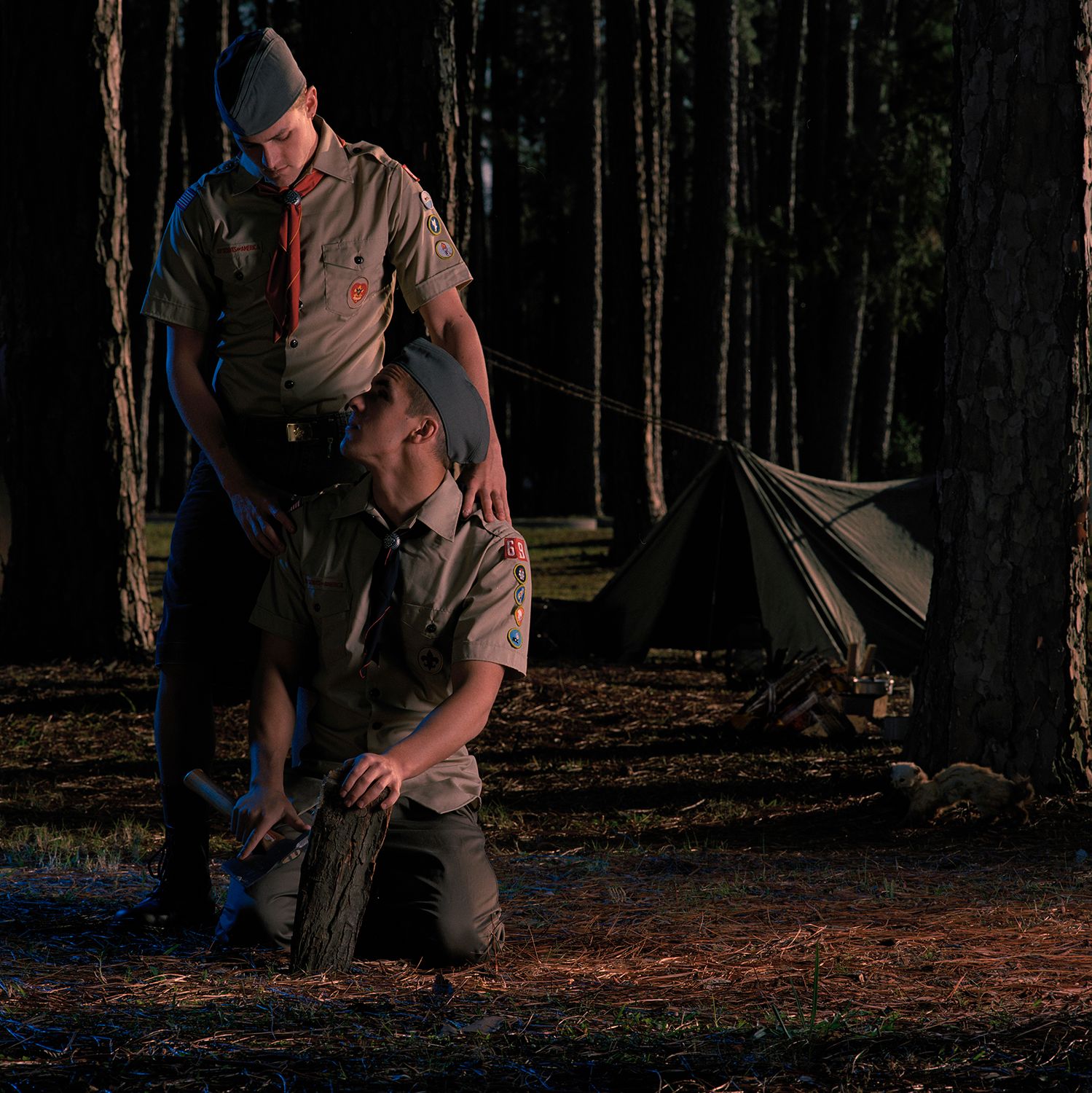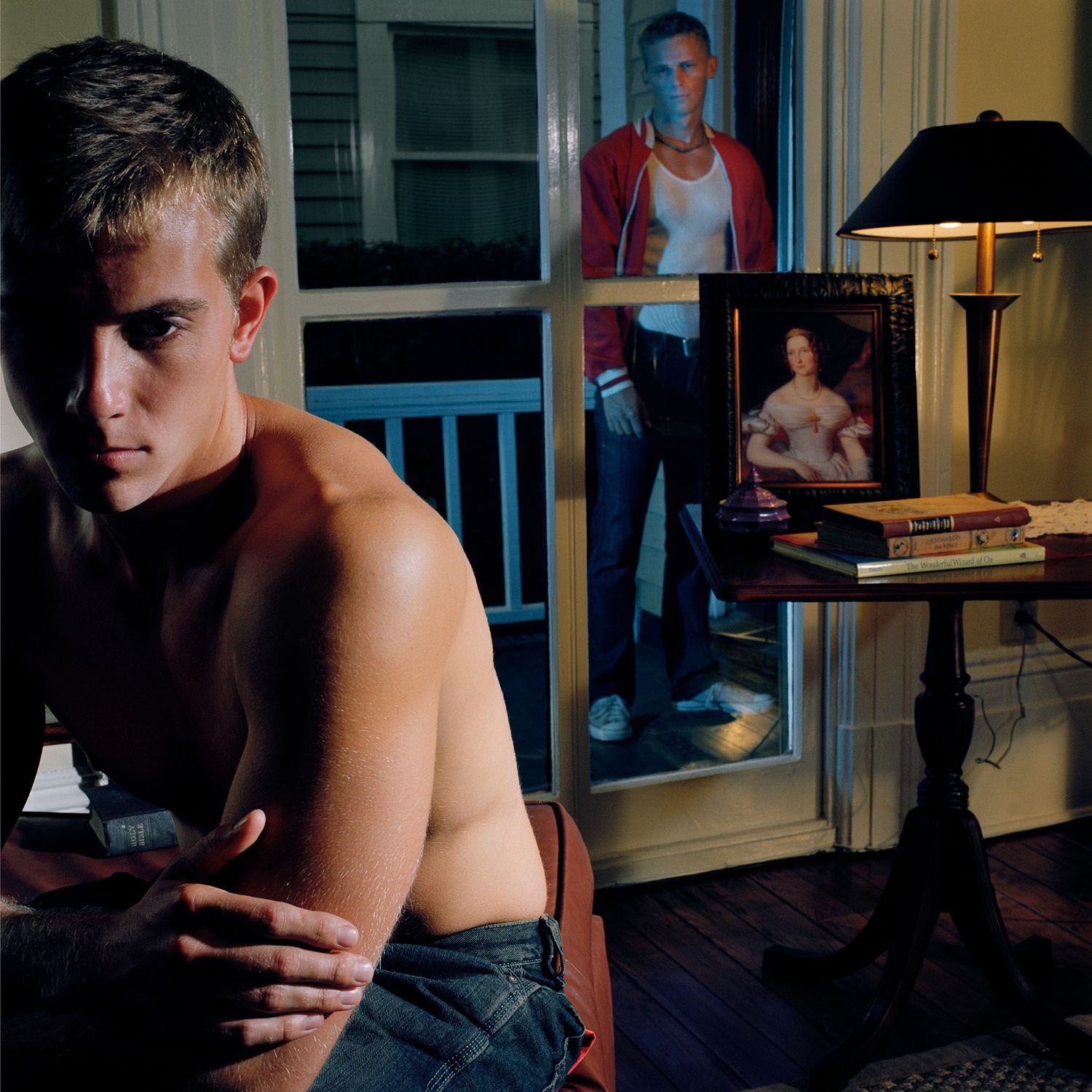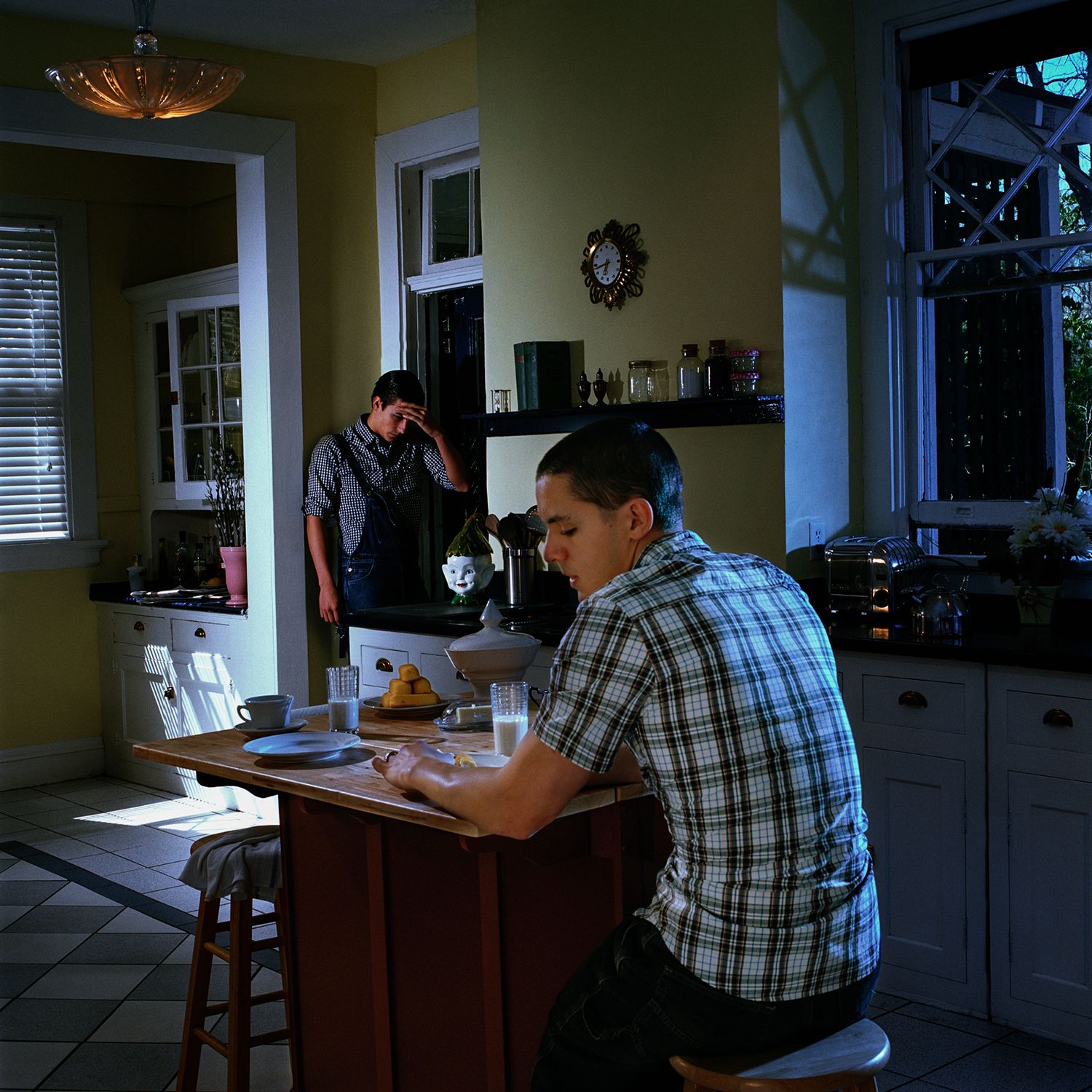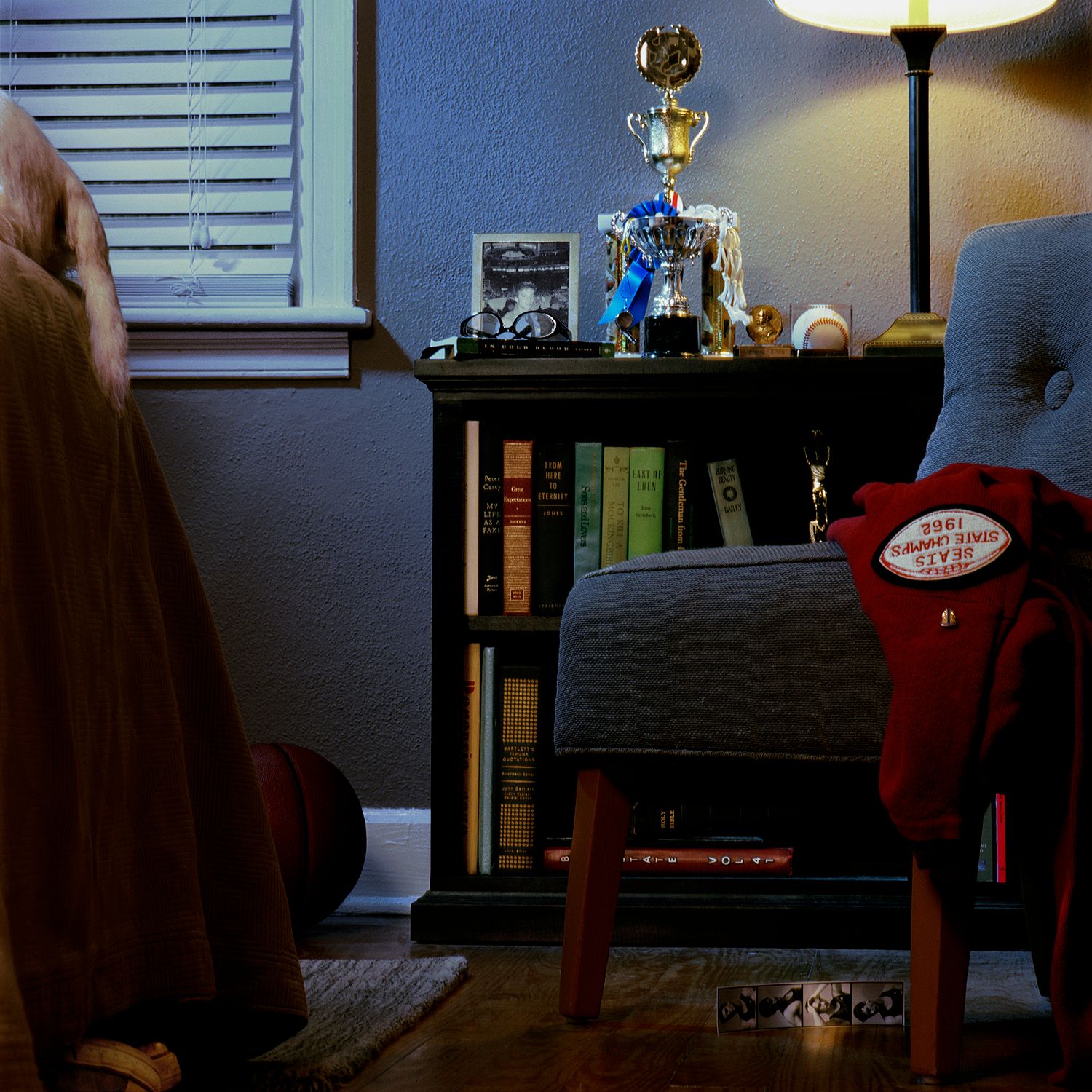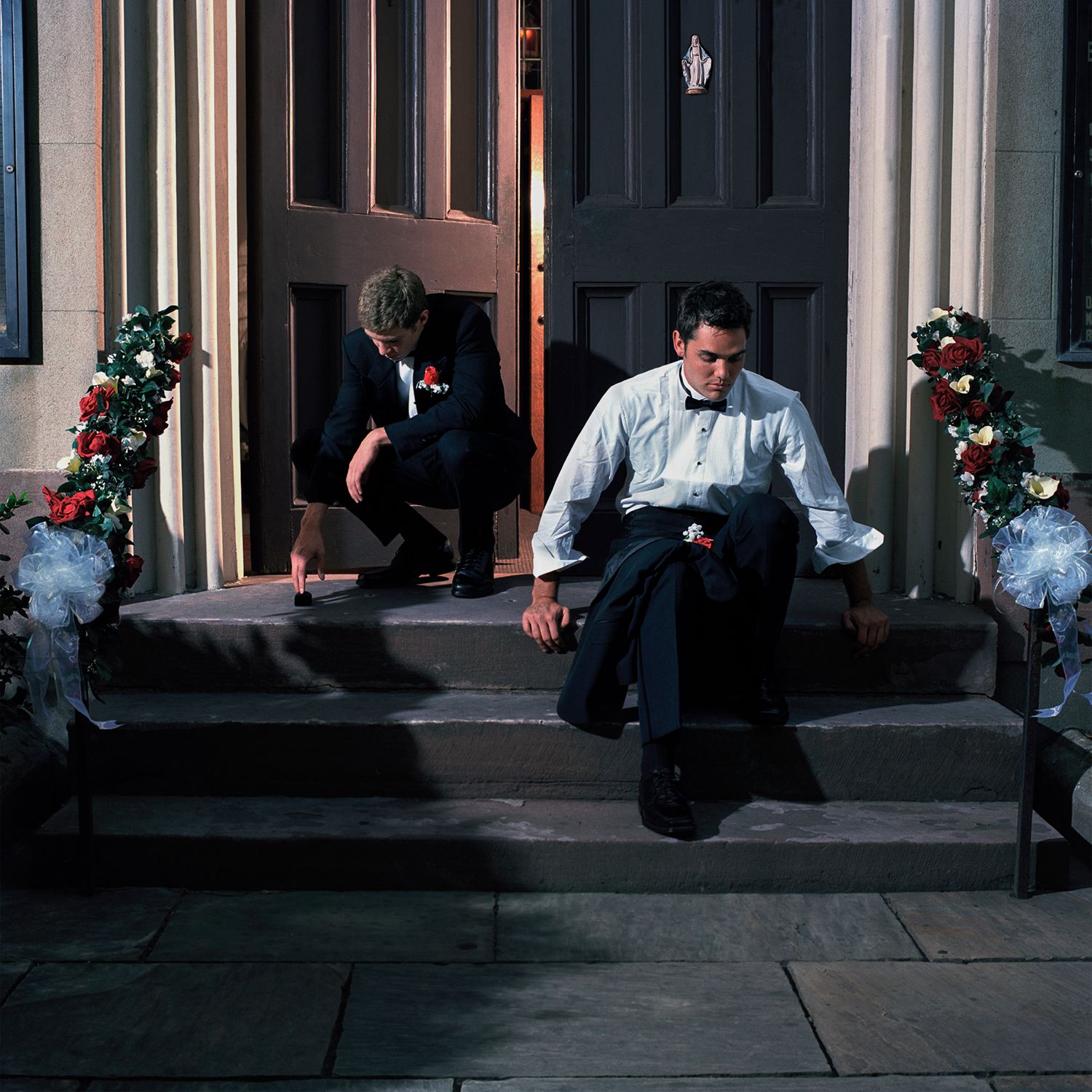Camelot
Perception, reality and society’s progression
Without direct autobiographical intent, Wilson’s images attempt to contextualize the struggle for acceptance of an entire minority population as well as create a generational bridge between what was and what is.
“Don’t ask, don’t tell.” This was the only, lonely way of life for millions of gay men and women, not just a punch –line political compromise for the American military. Long before the 1969 gay-liberation commencing Stonewall Riots of New York, homosexuality and the perversions that went along with it were secret and discreet. It existed in many faces and countless places. It had many monikers, both clinical and slanderous. Perhaps it was a knowing glance, a soft and innocent brush or an accidental lingering touch. All were apparent to the participants and stealth to those around. The signals were subdued and easily misinterpreted. Each action was secretive and discrete out of fear of both rejection and persecution.
Until recently, the existence of legal sanctions against homosexual acts, private or otherwise, constituted a major threat hanging over homosexual lives. It permitted persecution, physical harm and even blackmail. It was taboo. Discretion was imperative. The idealization of the nuclear family and its position as the dominant social model based on marriage, along with a strict definition of gender roles in the mid-twentieth century caused an increase of homophobia. Most of America and the world chose to ignore the signs, preferring to imagine a bucolic existence. After all, it was the American “Camelot.”
Artist’s note: Things aren’t always as they seem: all of the subjects were straight at the time of image capture, a requirement for this series. Two have since come out of the closet.
